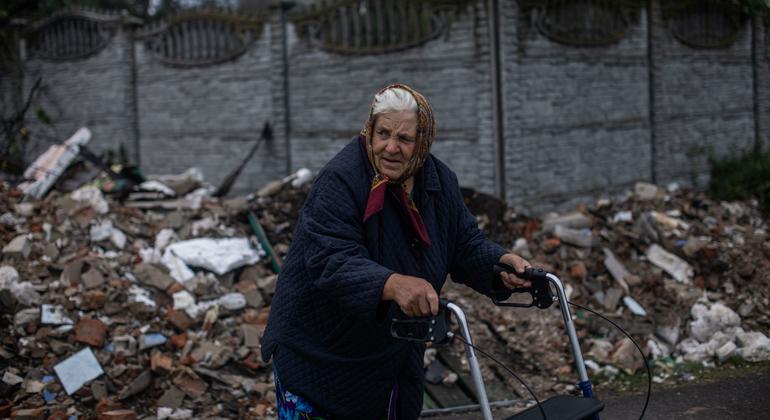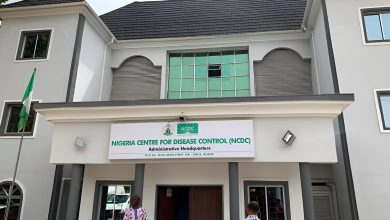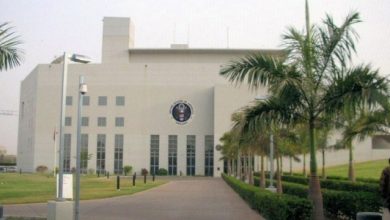Kakhovka dam disaster health crisis in action: WHO

WHO representative in Ukraine Dr. Jarno Habicht told reporters that after the collapse of the dam caused massive flooding and displacement, the agency’s main concern is the potential for an outbreak. waterborne diseases such as cholera and typhoid, and rodent-borne diseases.
Industry groups are monitoring the situation on the ground and they are ready to scale supporthe said.
Water and food security concerns
Dr. Habicht noted that back in the spring, the WHO provided offensive equipment to people in the Kherson region and neighboring regions “as measure“. Water safety messages are shared in collaboration with the Ministry of Health of Ukraine on social media, including information materials on how to avoid illness from contaminated water.
But the situation is growing rapidly, Dr. Habicht said, and hundreds of thousands are in need of clean water.
He also pointed out that WHO and partners in the field are monitoring the long-term impact of release of toxic chemicals into the water. Food security is another major concern in floodplain habitats.
As of Monday, the UN and its partners have delivered water, sanitation and food to nearly 180,000 people in the affected areas, according to the UN Office of the Coordination of Humanitarian Affairs (OCHA).
Dr. Habicht also spoke of ongoing discussions with authorities on pipelines to support neighboring cities such as Kryvyi Rih and Mykolaiv, which are experiencing water shortages.
‘Emergency within an emergency’
The WHO representative described the cost of the mental health of the destruction on the population as “significant”, he explained that the Dnipro River is frequented by the locals in the summer and that the humanitarian disaster in the area “removes people’s memories”.
The situation has worsened the population’s distress following months of attacks on civilian infrastructure and “darkness and cold weather” amid power cuts, Dr. Habicht said.
In total, there are more than 10 million people in the country with mental health needs. “It’s an emergency within an emergency,” he stressed.
Access to care
Dr. Habicht also highlighted the lack of treatment for non-communicable diseases, with many health facilities flooded and water and electricity supply issues affecting the cold chain. He said that Water damage has the same effects on health facilities as last October’s Russian attacks on the country’s energy infrastructure. Many elderly people in our community are at serious risk due to lack of care.
Medical supplies, including pneumonia kits and pediatric kits, were part of humanitarian convoys to Kherson last week and this week, Dr. Habicht said. WHO and partners are also assessing needs related to the restoration of health facilities.
Work as one
When describing the organization of operations on the ground, Dr. Habicht stressed that the entire UN is working together under the leadership of Resident and Humanitarian Coordinator Denise Brown, and that Every day a conference is held on how to best support the hundreds of thousands of civilians expected together with the Government of Ukraine and partners.
He also recalled that there is no humanitarian access to parts of the territories affected by Russia, and that security forces need “to go there and save lives” in the current discussion.
Attack on Kryvyi Rih
Meanwhile, a Russian missile attack on the city of Kryvyi Rih in Ukraine’s Dnipropetrovsk region hit a residential building on Tuesday according to media reports, killing at least 11 civilians.
Central Ukraine is the home town of President Volodymyr Zelenskyy.
Denise Brown condemned the attack, saying that “Russia’s attack has, once again, save life and bring suffering to the people of Ukraine”, and emphasized that civilians and civilian infrastructure should not be targeted, in line with international humanitarian law.
The city has also been affected by the destruction of the Kakhovka dam as the water supply to the residents is very limited.







